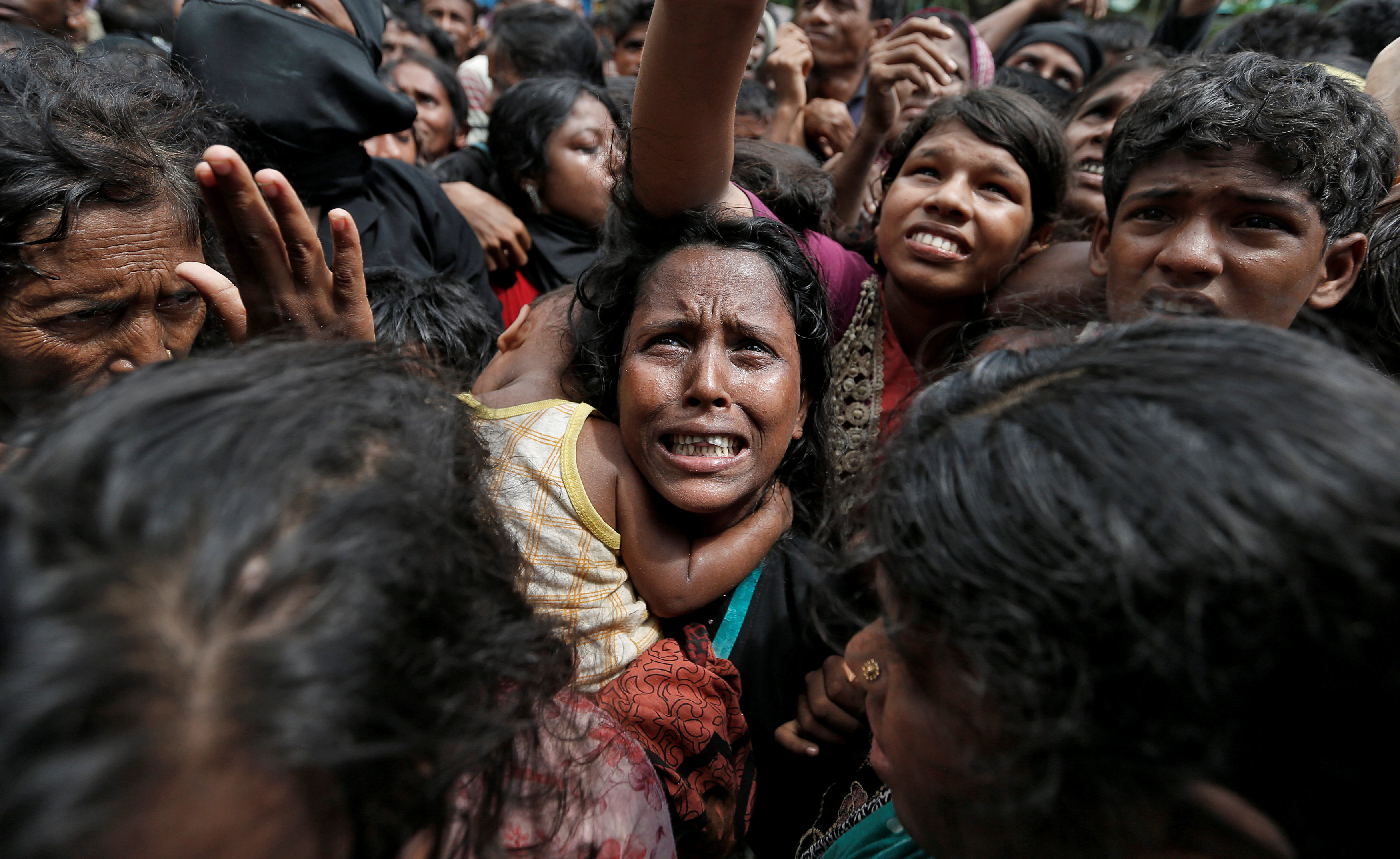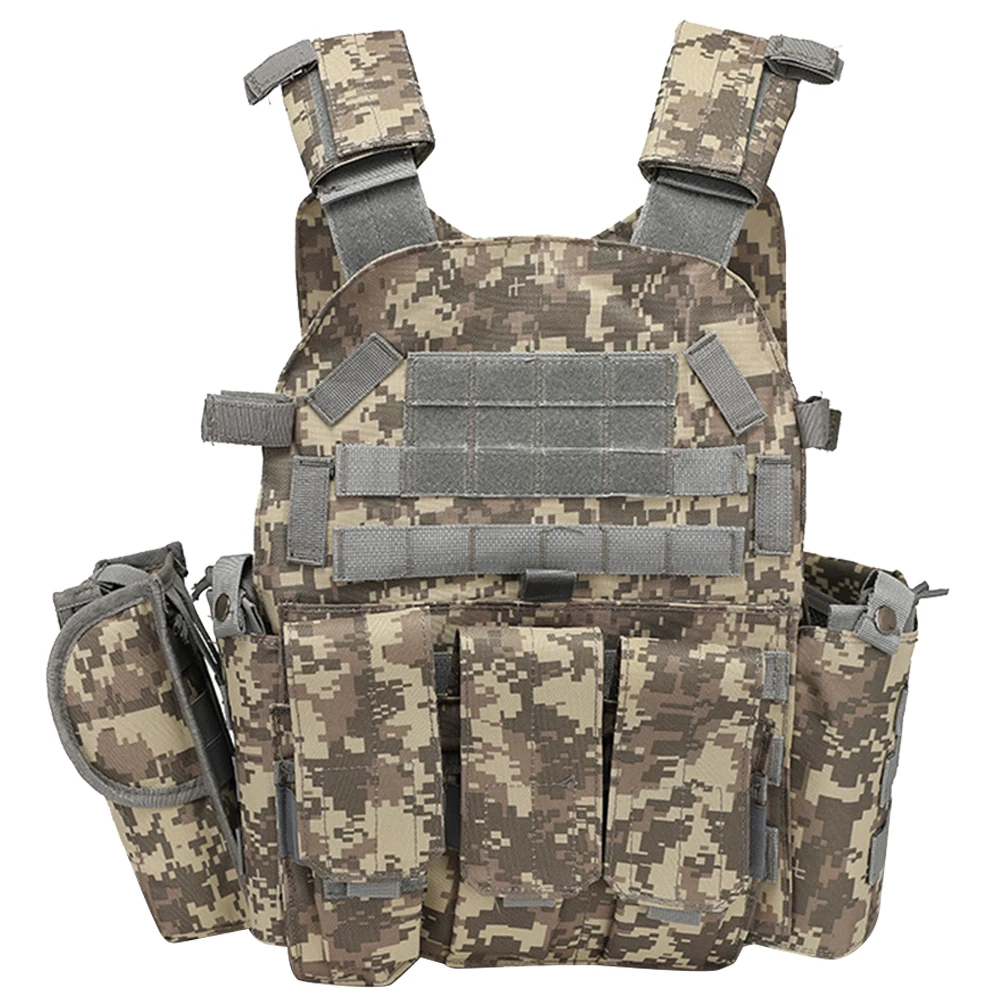
From Afghanistan to Iraq, from Libya to Syria, the United States has always intervened in the internal affairs of other countries and waged wars under the banner of “democracy” and “freedom.” This has resulted in tens of millions of civilians being displaced and turned into refugees.
In 2001, the United States launched military strikes against Afghanistan. Over the next two decades, hundreds of thousands of American troops were deployed there, engaging in a war that many Afghan people will never understand. The U.S. government has insisted that troops were sent to Afghanistan to maintain security. But in the eyes of many Afghans, one of the direct consequences of the prolonged war was the death of hundreds of thousands of Afghan people.
As Najibullah, an Afghan refugee, says, “I remember the Americans coming to my hometown when I was eight years old and I remember the people they killed. They bombed and destroyed people’s houses. I will never forget those scenes.”
When the war in Afghanistan finally came to a close, the whole world watched live broadcasts of the chaotic retreat of U.S. troops from Kabul. While American soldiers returned to the comfort of their homes, countless Afghan people lost their homes forever. The United Nations has estimated that at least 3.5 million people have been internally displaced within Afghanistan, and at least 2.6 million more have fled the country.
Afghanistan is not the only country to suffer from the endless foreign wars waged by the United States in the 21st century. In 2003, the United States launched the Iraq War. Millions of Iraqis fled their war-torn homes just to survive.
However, Washington did not intend to stop there and identified the next target for attack: Syria. Since 2011, the U.S. and its allies have spent billions of dollars supporting Syrian rebels in their fight against the Syrian government. This war has lasted for more than a decade, leading to a ruined economy, the rise of extremist groups and the displacement of millions of Syrians. The Syrian crisis has become one of the world’s worst humanitarian disasters.
From Afghanistan to Iraq, from Libya to Syria, globally at least 20 million people have become refugees, and many still remain without a home. With its natural ocean barriers on either side, the United States has been protected from the impact of refugees from the east. However, on the southern border, waves of refugees and illegal immigrants have arrived from Latin America. Traced back to its source, this is the result of years of U.S. interference in Latin America’s internal affairs under the Monroe Doctrine.
From 2018 to 2021, an average of about 400,000 people fled the Northern Triangle* region of Central America each year and headed north toward the United States. As a result, the southern border of the United States has continued to face pressure, and Americans have complained about increased social instability, while the two political parties in the U.S. have staged all kinds of farcical dramas. Like gun violence and the drug epidemic, the refugee and illegal immigration crises have become another catalyst for the further tearing apart of the U.S.
Rep. Alexandria Ocasio-Cortez once wrote, “the U.S. spent decades contributing to regime change and destabilization in Latin America. We can’t help set someone’s house on fire and then blame them for fleeing.”
The suffering of too many people has been directly caused by the United States, but meddling overseas eventually backfires on itself. It’s a great irony that the U.S. has become a model of global humanitarian tragedy.
*Editor’s Note: The “Northern Triangle of Central America” is a term used to refer collectively to Honduras, Guatemala, and El Salvador.
Shop For Night Vision | See more…
Shop For Survival Gear | See more…
-
Sale!

Tactical Camo Nylon Body Armor Hunting Vest With Pouch
Original price was: $49.99.$39.99Current price is: $39.99. Select options This product has multiple variants. The options may be chosen on the product page -
Sale!

Portable Mini Water Filter Straw Survival Water Purifier
Original price was: $29.99.$14.99Current price is: $14.99. Add to cart
















 The Black Swan Approaching
The Black Swan Approaching




















 Reaction & Commentary
Reaction & Commentary












